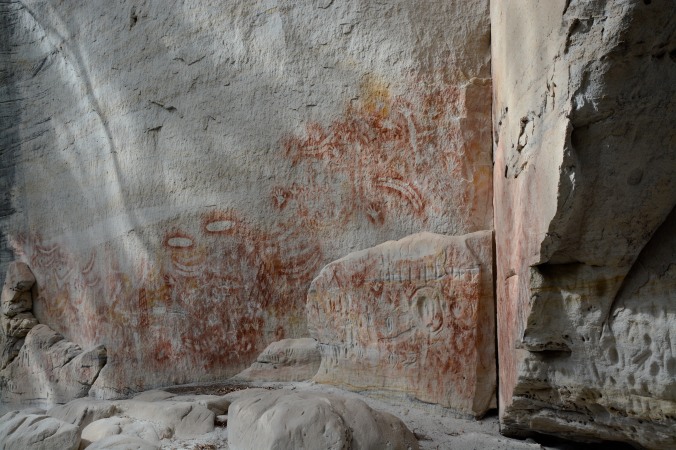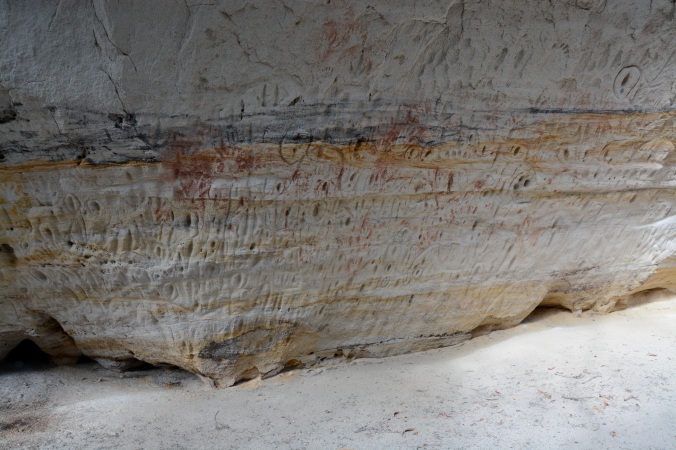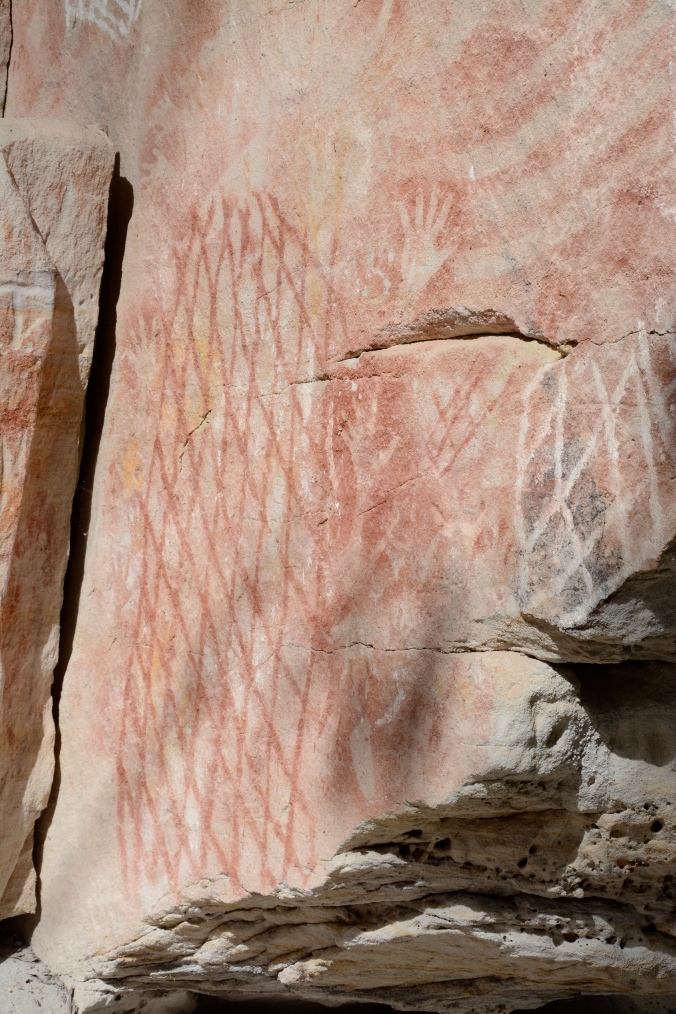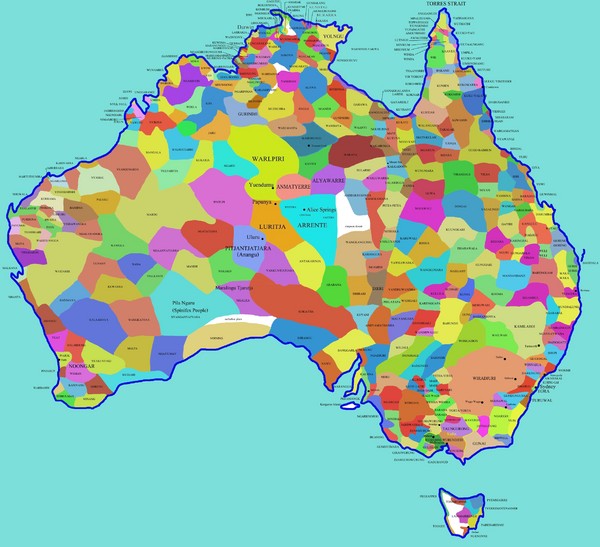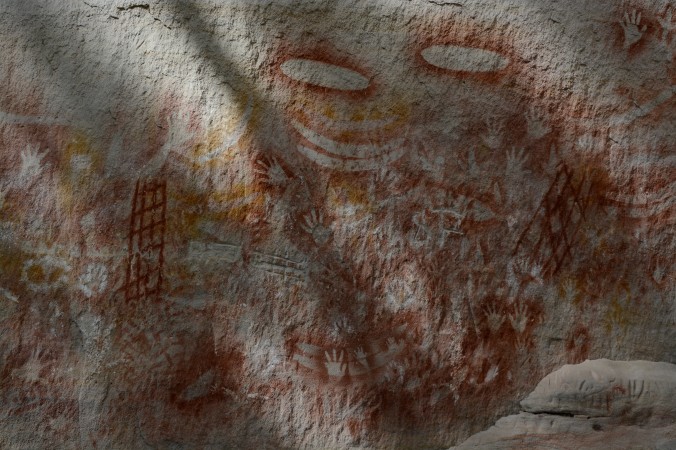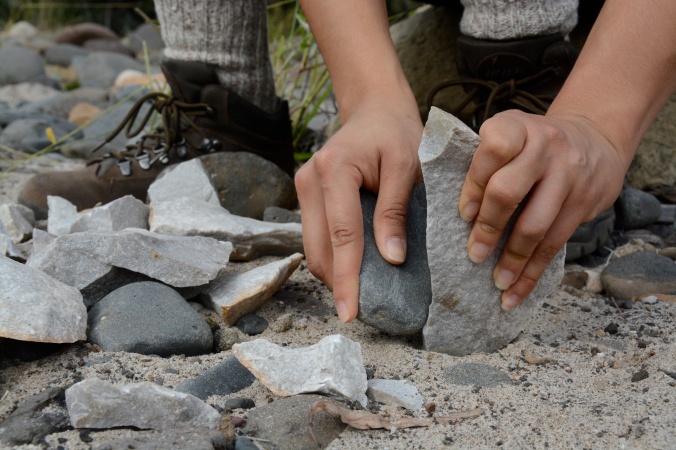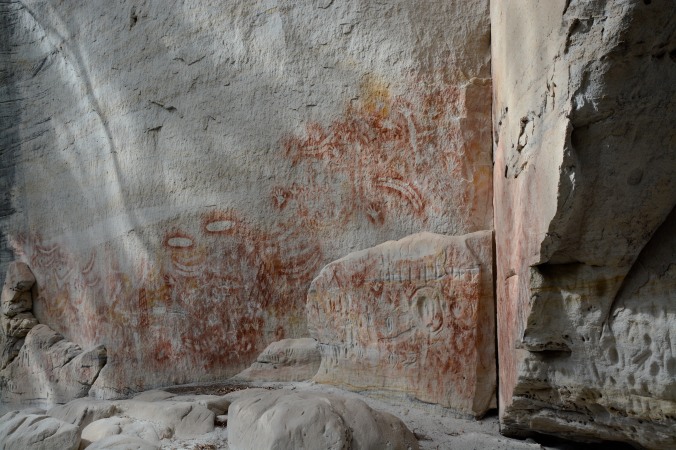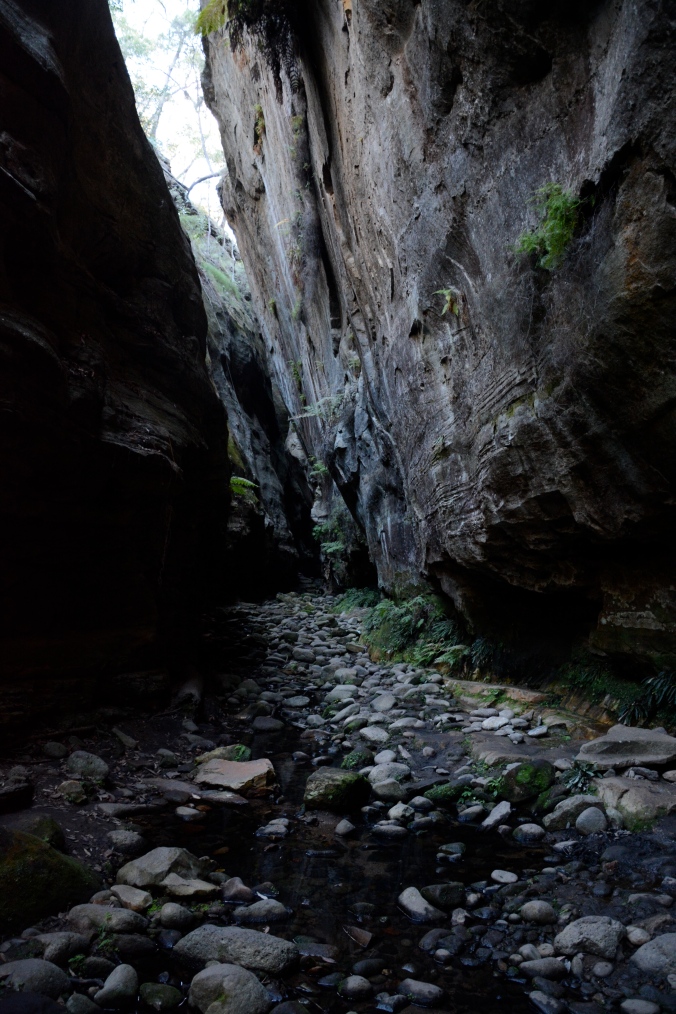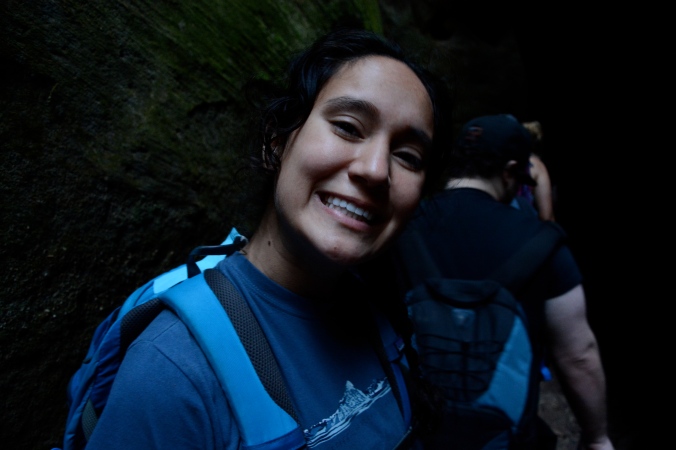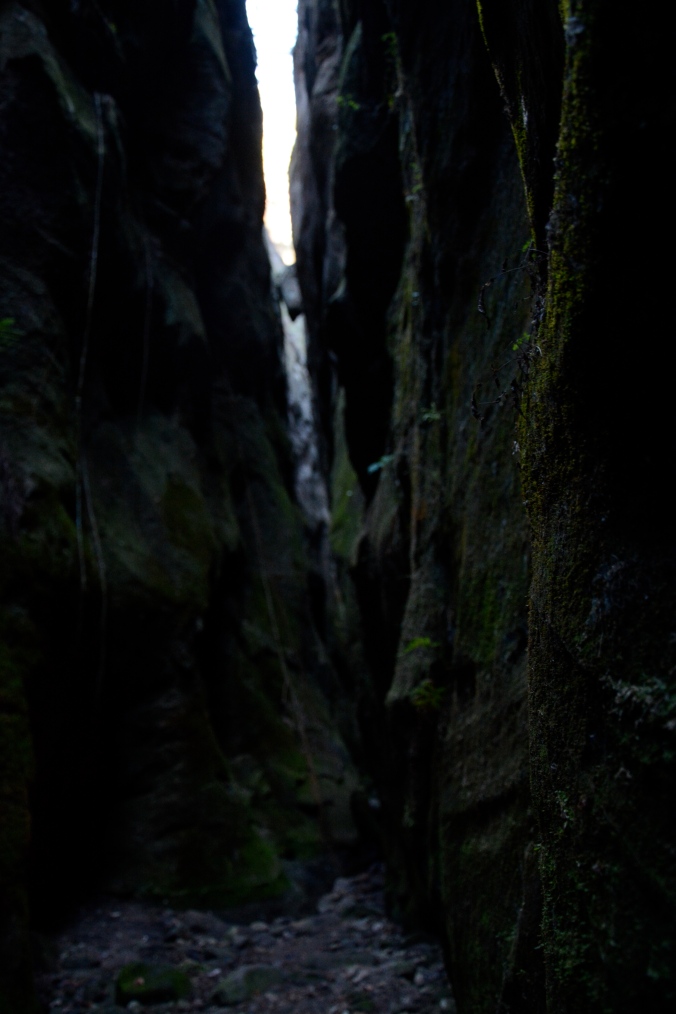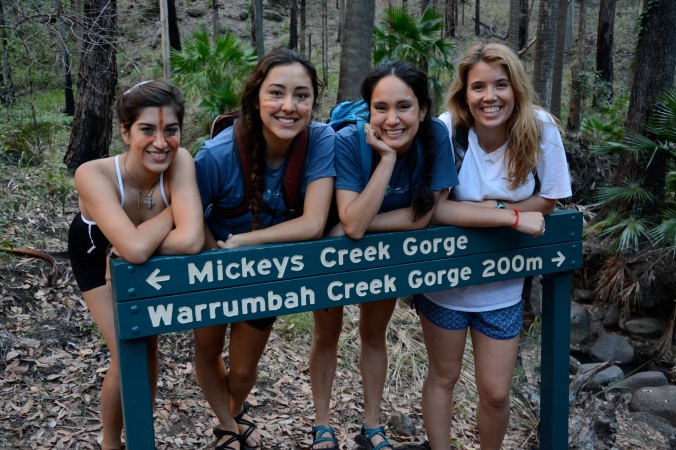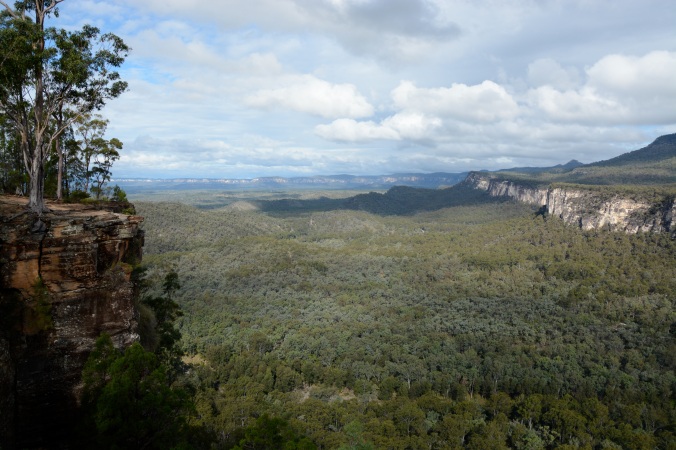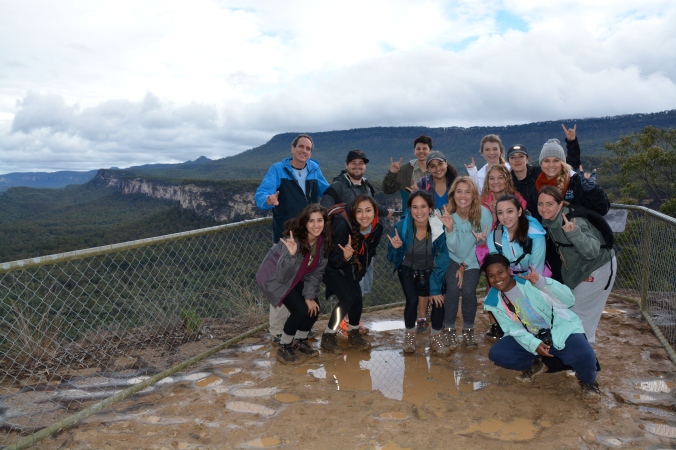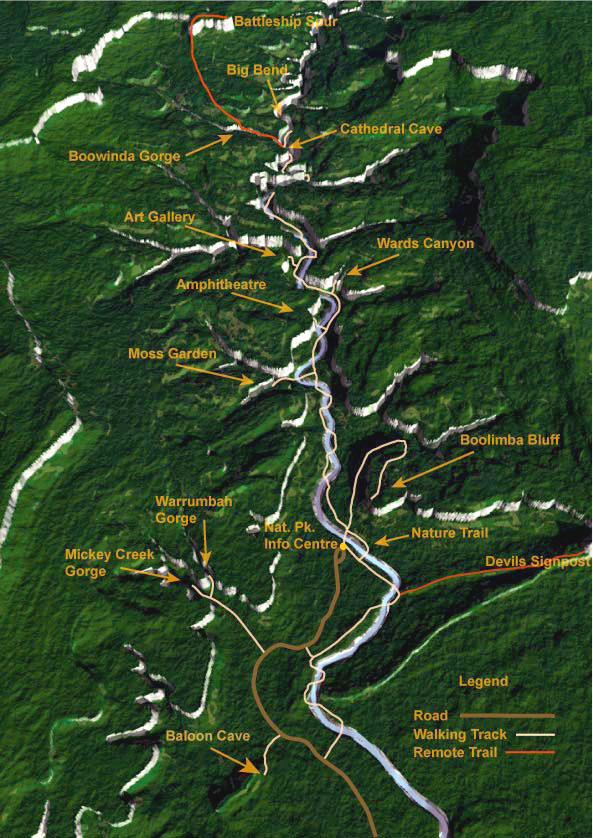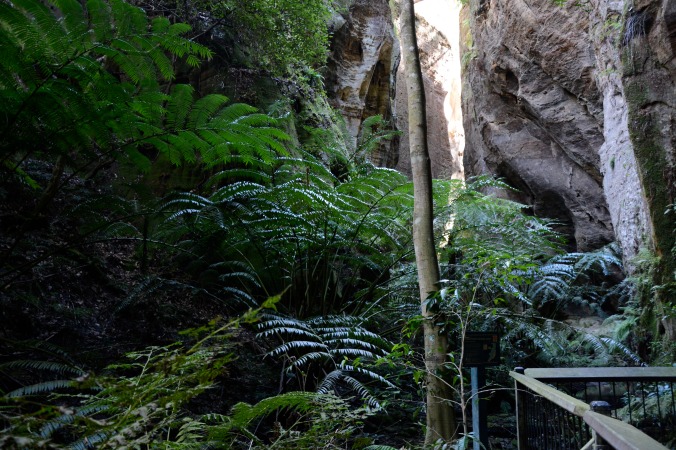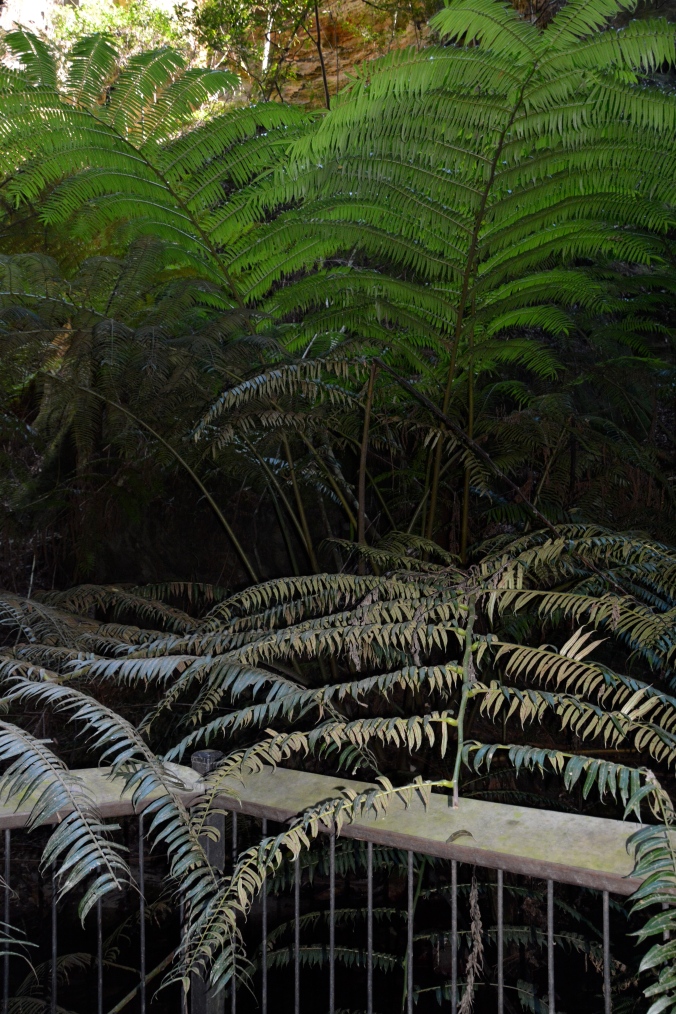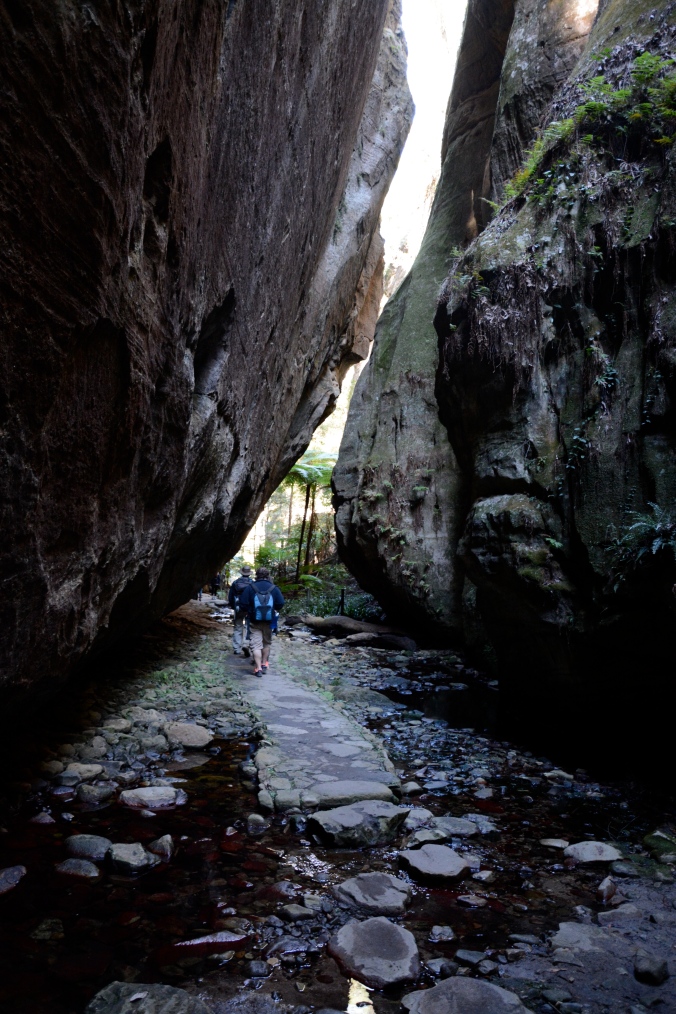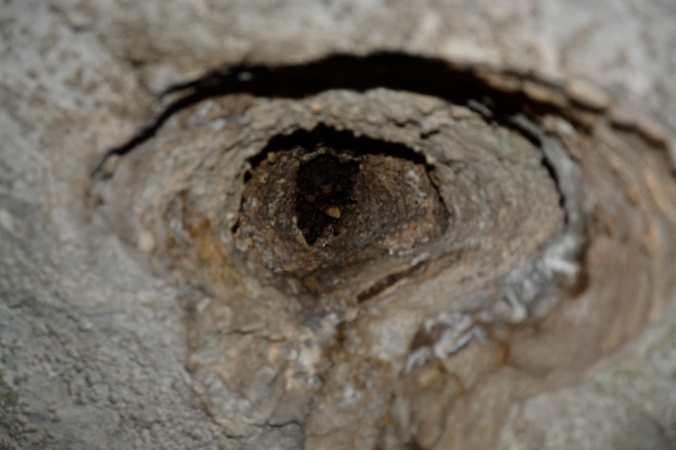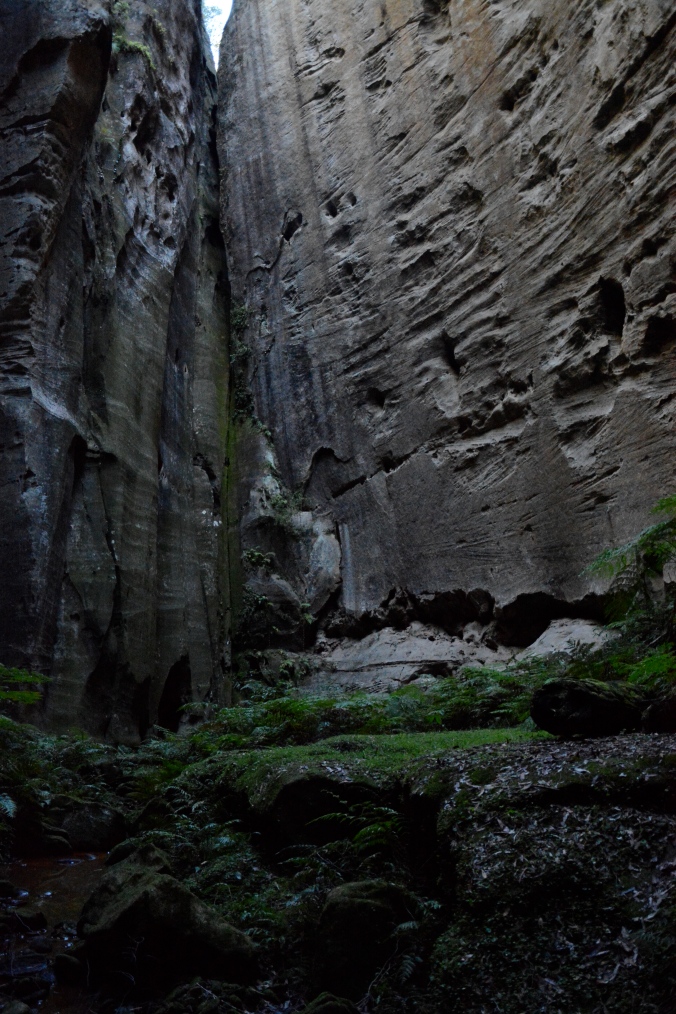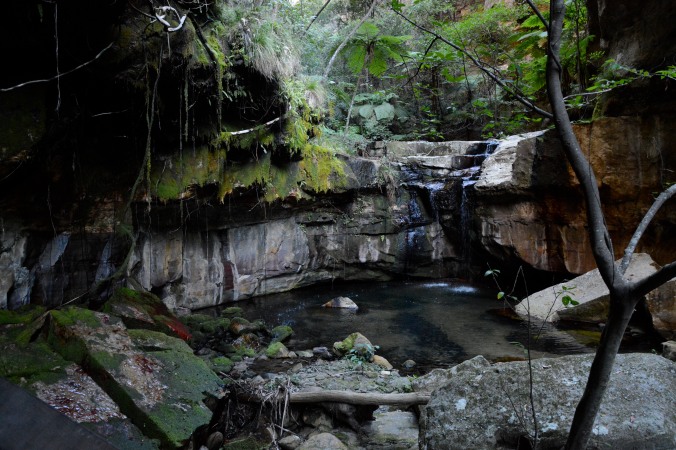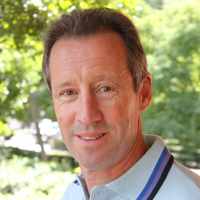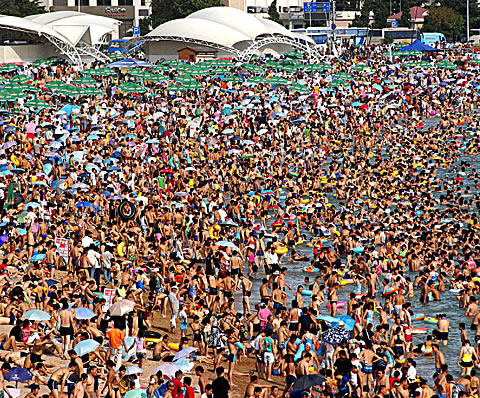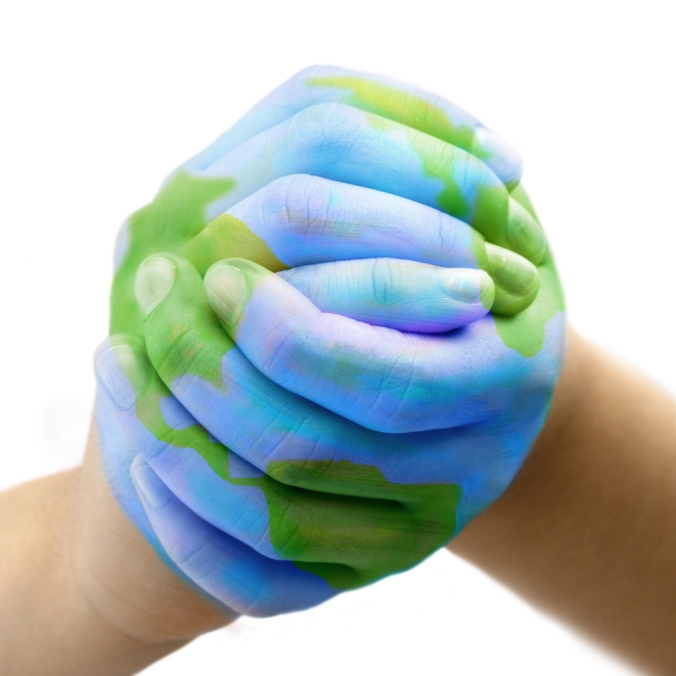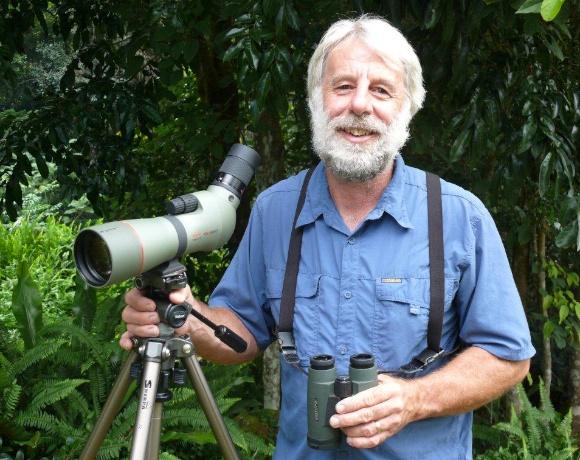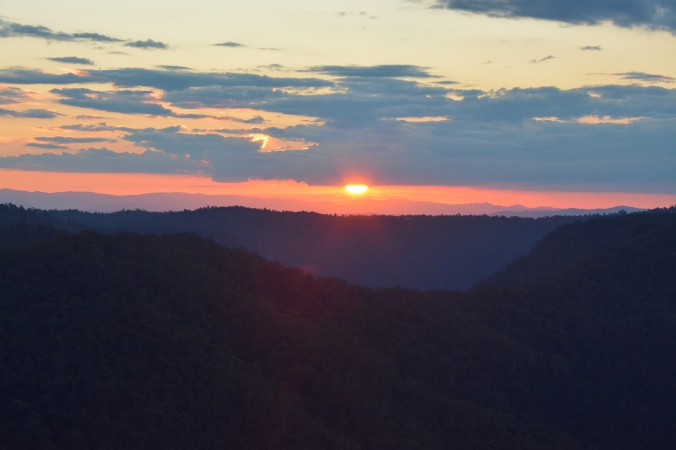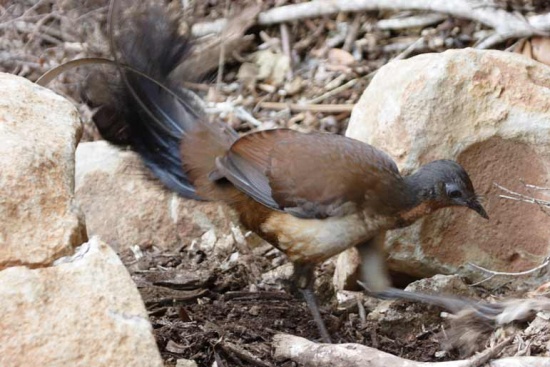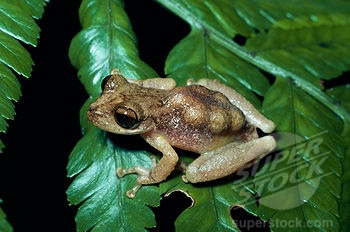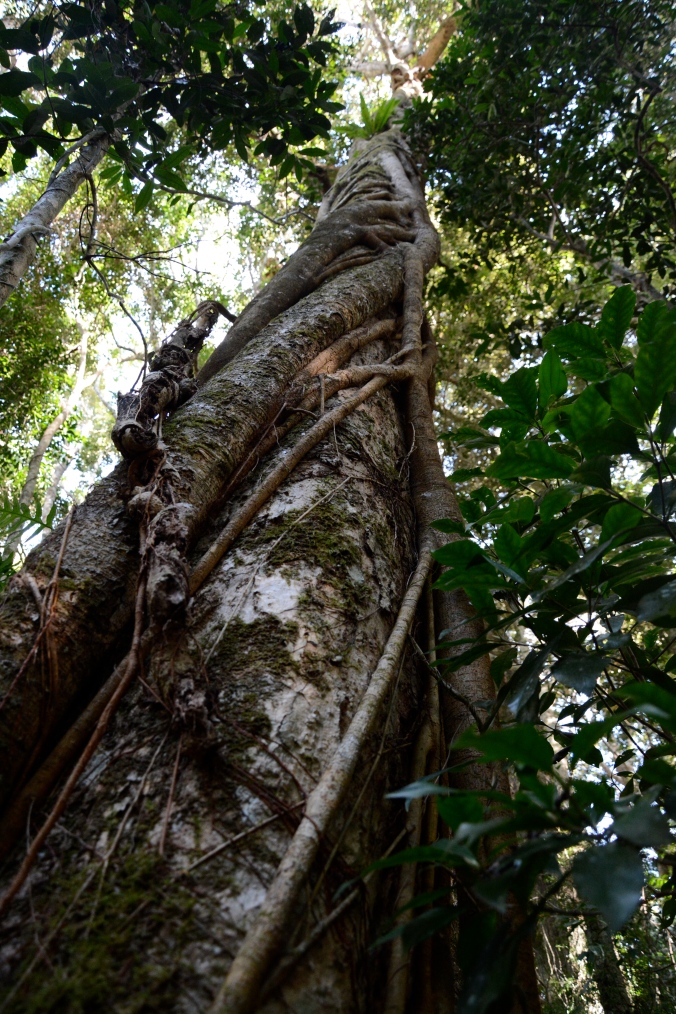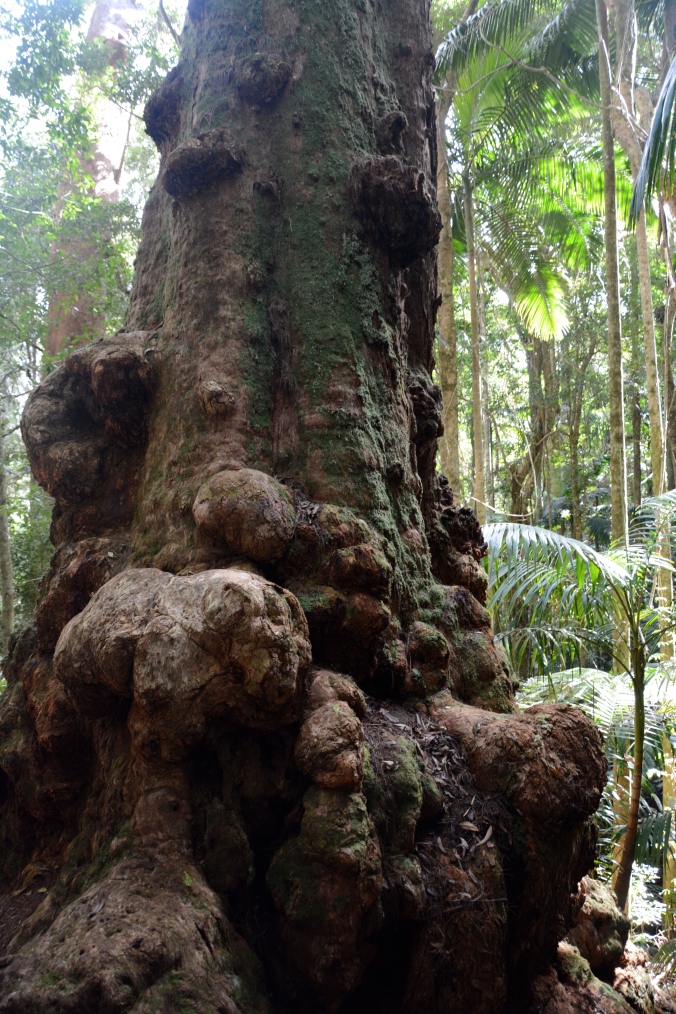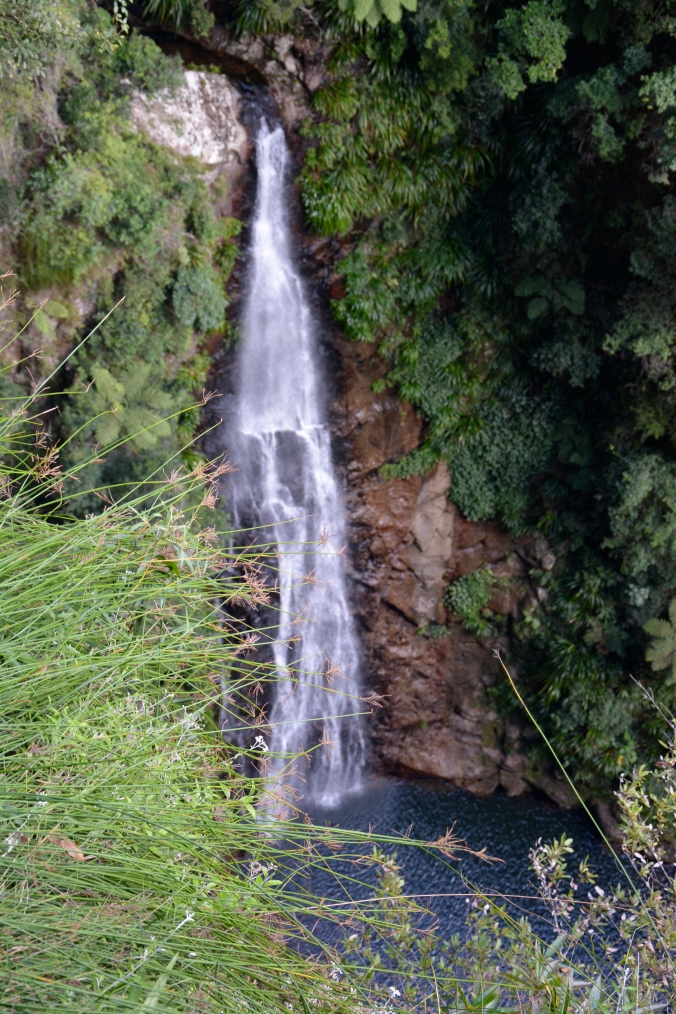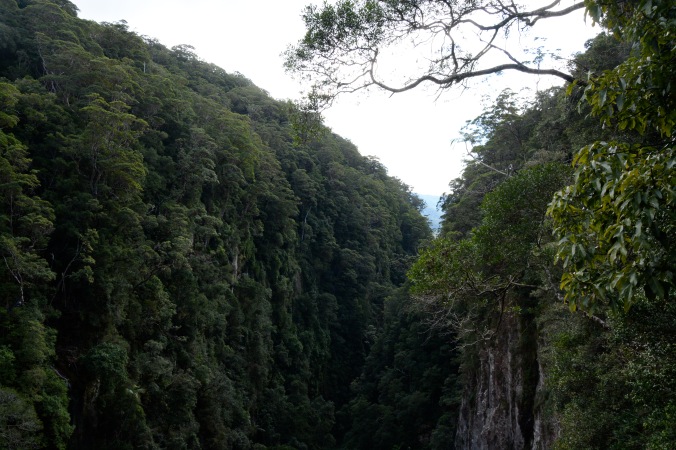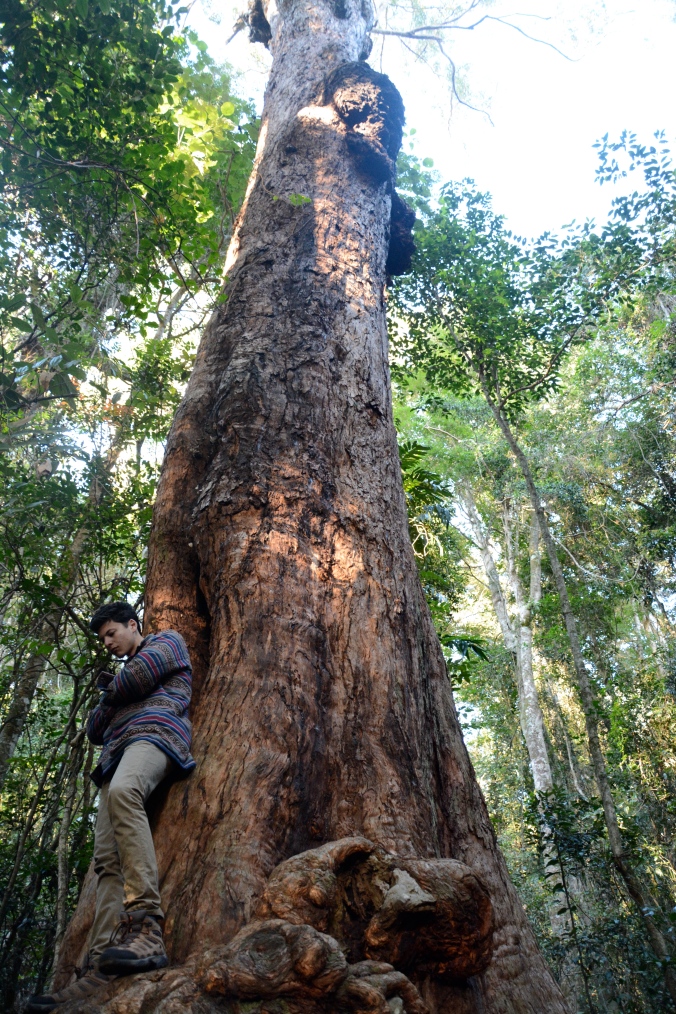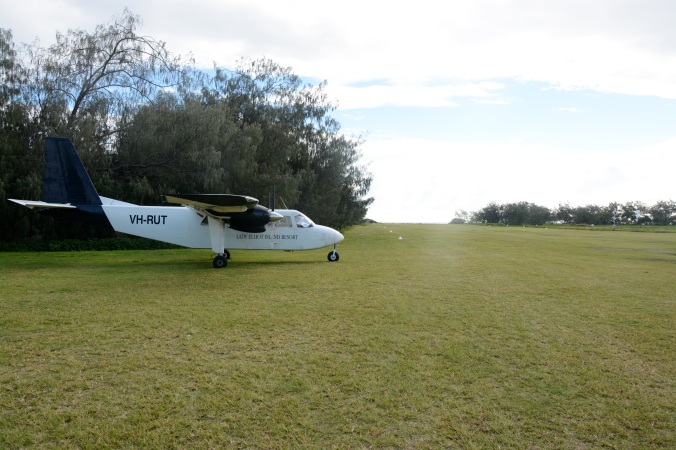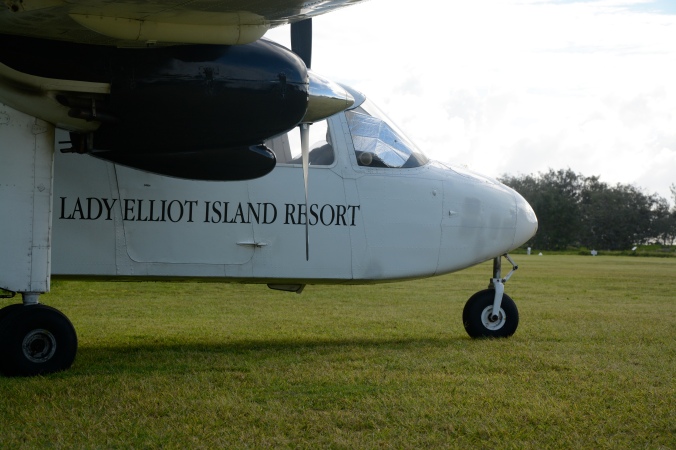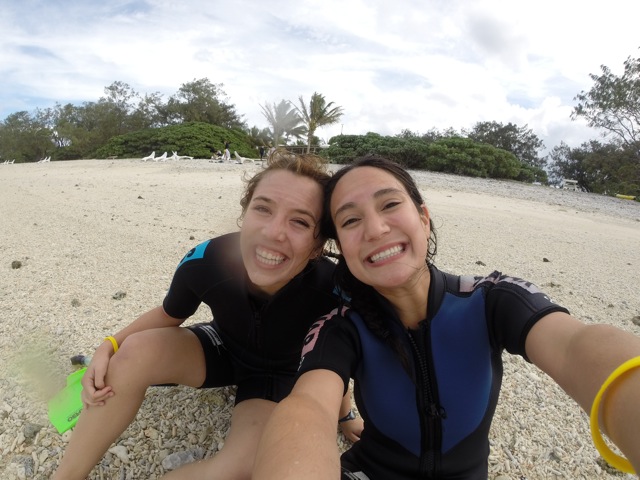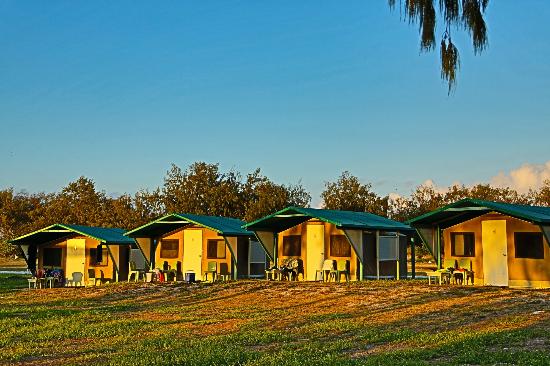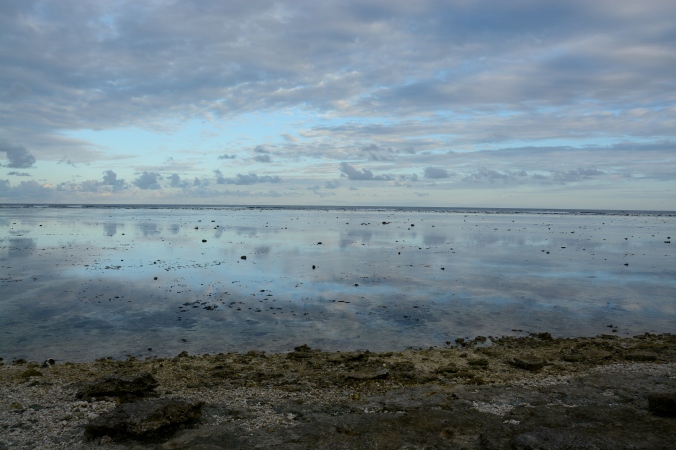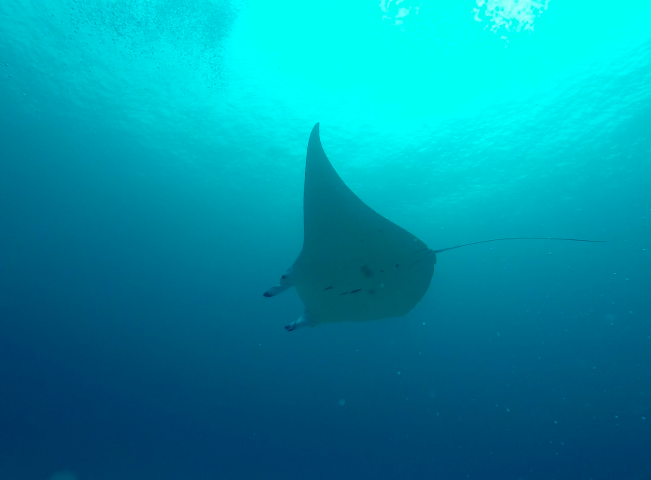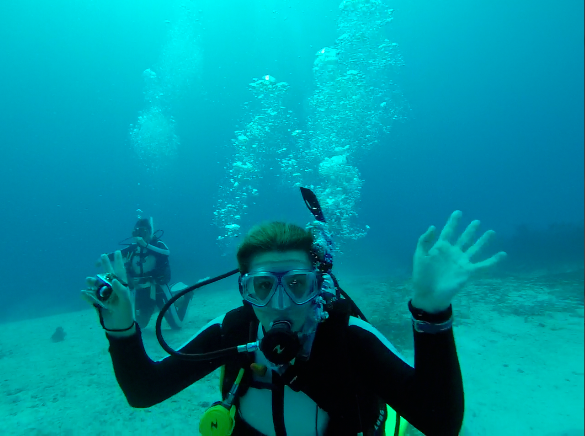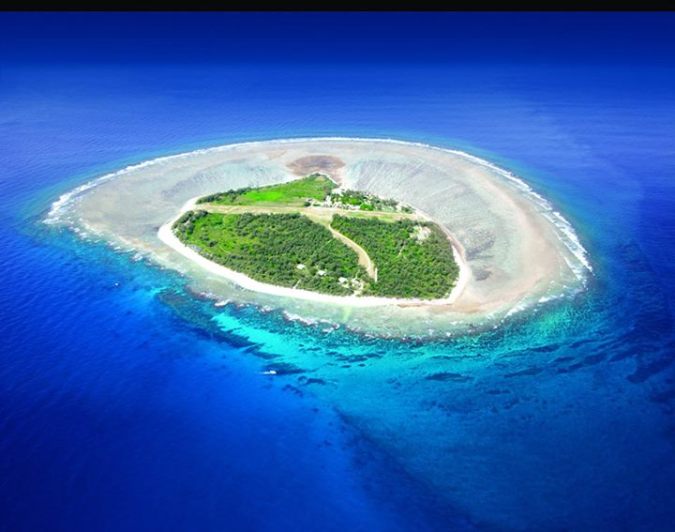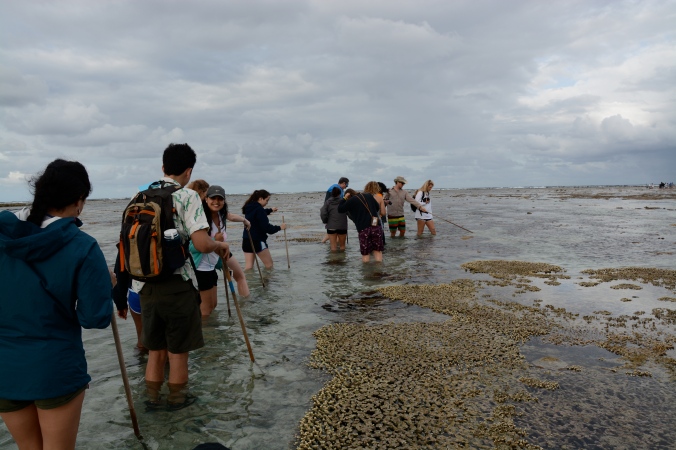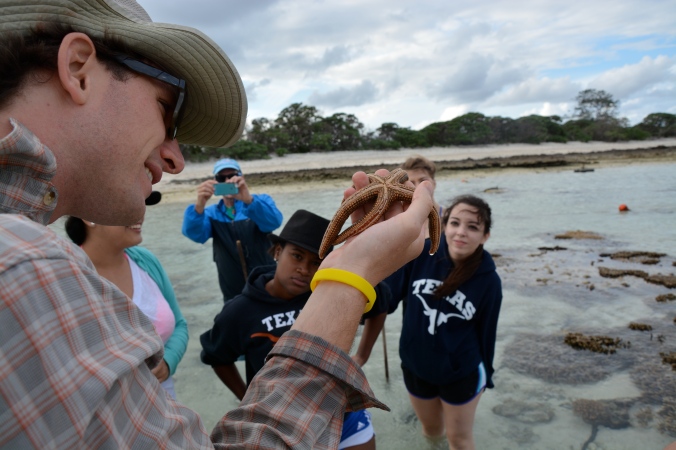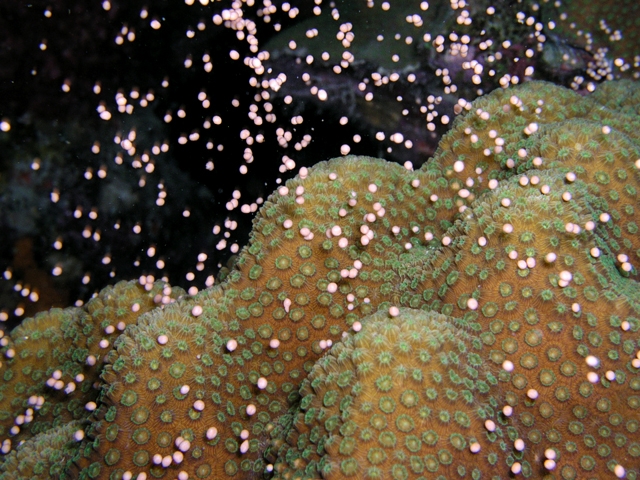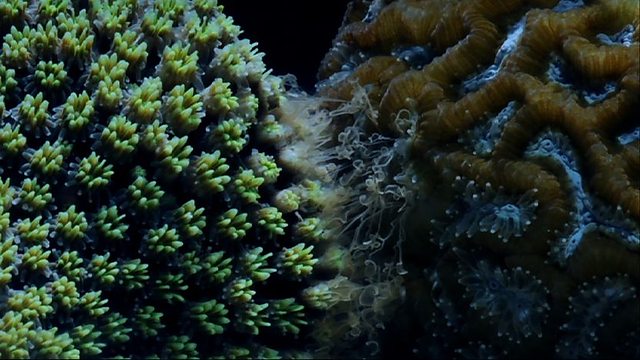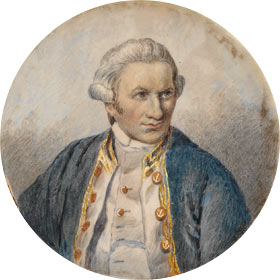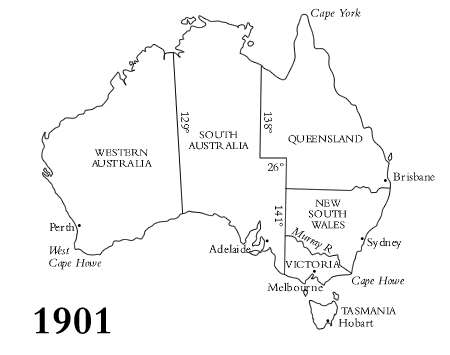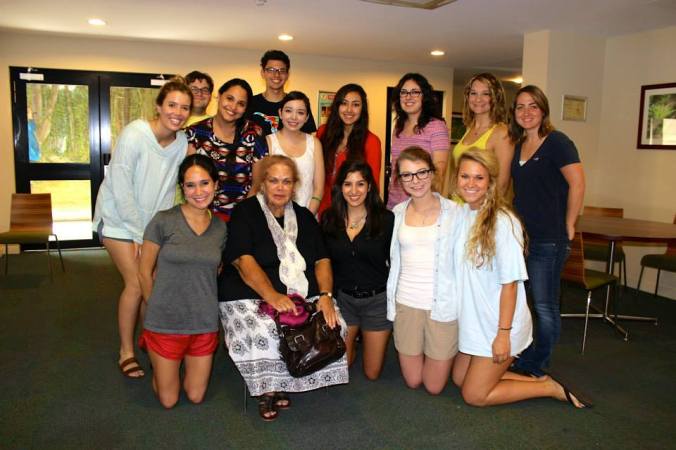Before Goorialla, an Aboriginal Rainbow Serpent, emerged, land was flat, only inhabited by people. The Rainbow Serpent weaved throughout Australia, forming gorges, mountains and water. As Goorialla traversed, it gave life to Earth.
This is one of countless “Dreaming” stories existing in Aboriginal culture, used to explain the earth and life that persists throughout it. In the Dreaming realm time is non-linear, meaning everything has happened, is happening and will continue to happen.
In Australia there are about 500 Aboriginal tribes, each one having different Dreaming stories. Though there is much diversity among Dreaming stories and how the land was created, many have common themes, including variations on the Rainbow Serpent.
Mary Graham, a member of the Kombu-merri and Waka Waka people, describes Dreaming as the law. She says it dictates how people live and behave. “Dreaming has nothing to do with faith,” Graham says. “It’s too uncertain – faith. What they have is a psychology of life…something just is.”
However, in English and western societies, there is no direct translation for this term, Dreaming. Perhaps the most accurate way to understand it is as a belief system. Just how Christians know there is a Heaven and Hell, Aboriginal cultures know this world has been and is being created through the Dreaming realm and its beings.
The stories of Rainbow Serpents stretch back over 6,000 years, according to “The Rainbow Serpent” by Dick Roughsey. Every Rainbow Serpent story correlates to water. Carnarvon Gorge, an oasis in the outback of central Queensland, was used by the Bidjara and Karingbal people for over 20,000 years. They believe the gorge is carved out by the Mundagurra Rainbow Serpent, who still resides there today.
The Rainbow Serpent is considered one of the highest orders of Dreaming beings throughout Aboriginal culture, says Simon Ling, an interpretive guide to Carnarvon Gorge. This means the gorge is viewed as sacred land. The Serpent creates rules about how people should interact with the gorge. Carnarvon has never been permanently inhabited, rather, only used for festivals and ceremonies. Ling says it may not have been allowed because of the spiritual quality of the gorge, adding, it is vital to look at the spiritual connection Aboriginals have to the land in order to understand how it has been used.
“When you [Aboriginals] look at this landscape you don’t see it in the nuts and bolts way that I do, you are going to be seeing it as having a spiritual undertone.”
Ceremonies practiced in the sacred land of Carnarvon Gorge are evidenced by stenciling and engravings. The most common area to see these symbols is the Art Gallery off the main hiking trail.
Ling explains symbols etched onto the sandstone rock face represent ceremonies that have taken place.
“These motifs will have been created in association with a ceremony and it’s the ceremony that holds the power,” Ling says. “These are created as part of the process, so they are part of the means they’re not the end.”
Just like a wedding ring represents a marriage, these symbols represent various ceremonies. These ceremonies promoted a social community, as local people gathered to celebrate, or mourn, and created these symbols together.
There are three techniques to creating the symbols: stenciling, engraving and free hand. The stenciling was accomplished using mineral oxides.
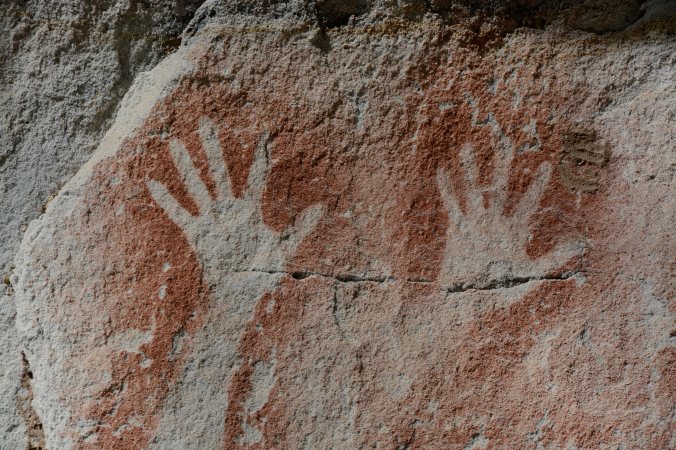
Though handprints are among the most prominent symbols on the rock face, it is unknown what ceremony they represent.
Aboriginals would grind the mineral into a powder, slush it in their mouths and blow it out over their hands or stencils, misting the sandstone. Since sandstone is extremely porous, the water mixed with pigment would get sucked into the rock as soon as it hit the surface and in turn, stain the rock.
Engraving was accomplished with a hard stick or a rock and free hand, the least common, was done with no stencil. There are about 1,350 engravings and 650 stencils at the Art Gallery.
It is believed the symbols are 3,700 years old, Ling says. The gallery is sandstone with a flat surface and an area with an overhang. Aboriginals placed symbols in specific areas best fit for longevity.
“To get rid of the rock art you have to get rid of the rock,” Ling says. “It will look exactly the same as the day you wacked it up there until the erosion reaches the depth of penetration then the image will start to break up. So it’s a pretty powerful technique in terms of its ability to survive.”
Many of the stencils are hands, boomerangs and nets. The engravings tend to be vulvas and images of Dreaming beings, such as the Rainbow Serpent. Ling says it is very difficult to decipher the meanings of the symbols.
“As soon as you’ve got a people that is using abstract symbolism these things can mean anything and that makes them all the more difficult to try and interpret,” he says.
However, working alongside Karingbal, Bidjara and archeologists, researchers have been able to determine what some symbols mean and the ceremonies they pertain to.
Ritual burials were performed for deaths that occurred due to an unknown cause. The Karingbal and Bidjara would preserve the soul within the deceased’s body until receiving a sign from the spirit world. Upon receiving a sign, they would bring the body to a ridge face to perform a ceremony. According to Ling, the function of the ceremony was to “erect a spiritual barrier to keep that soul headed on the right path and to block it from staying in this realm.” Hence, a depiction of a physical barrier, a net.
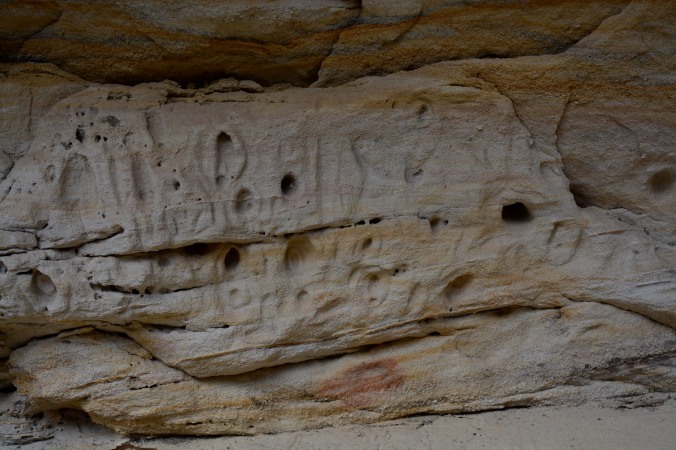
Another prominent symbol at the Art Gallery is vulva engraving. Out of the 1,350 engravings, more than 700 are vulvas.
It is thought vulvas represent a ceremony for pregnant women. The ceremony could pertain to spiritual heritage or organizing roles individuals will play in the child’s life.
Other symbols on the wall are believed to be used for educational purposes, storing information, or to share and show emotions. Some can be interpreted to tell stories of grief and mourning.
Ling says the Art Gallery reminds us the importance of observing mutual values and emotions between cultures.
“See some of those big, human things that override any cultural differences are present in this place,” Ling says. “Heaps of differences and heaps of similarities at the same time.”
